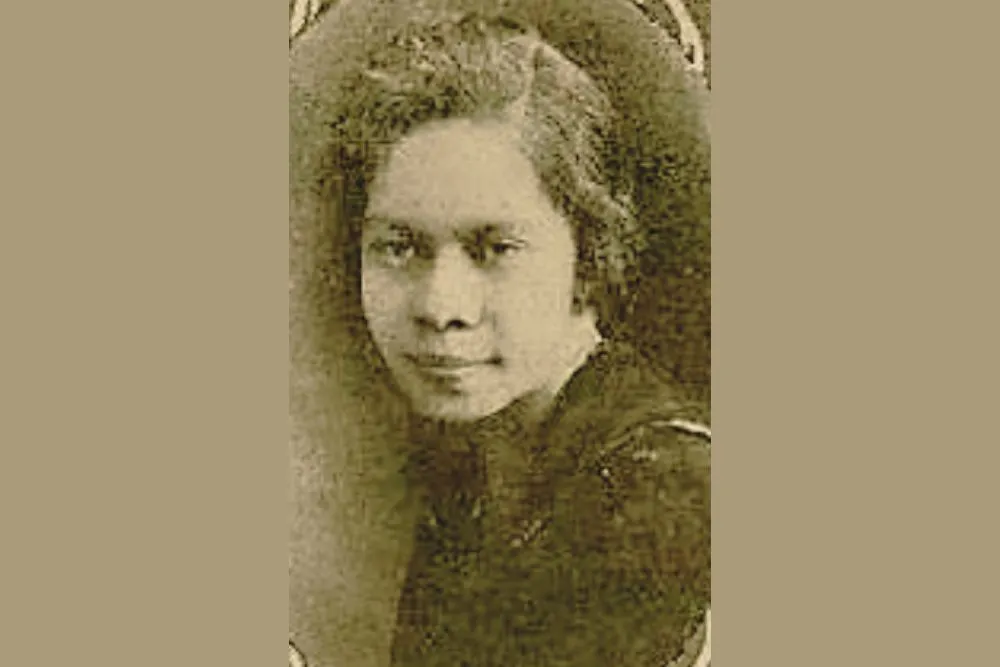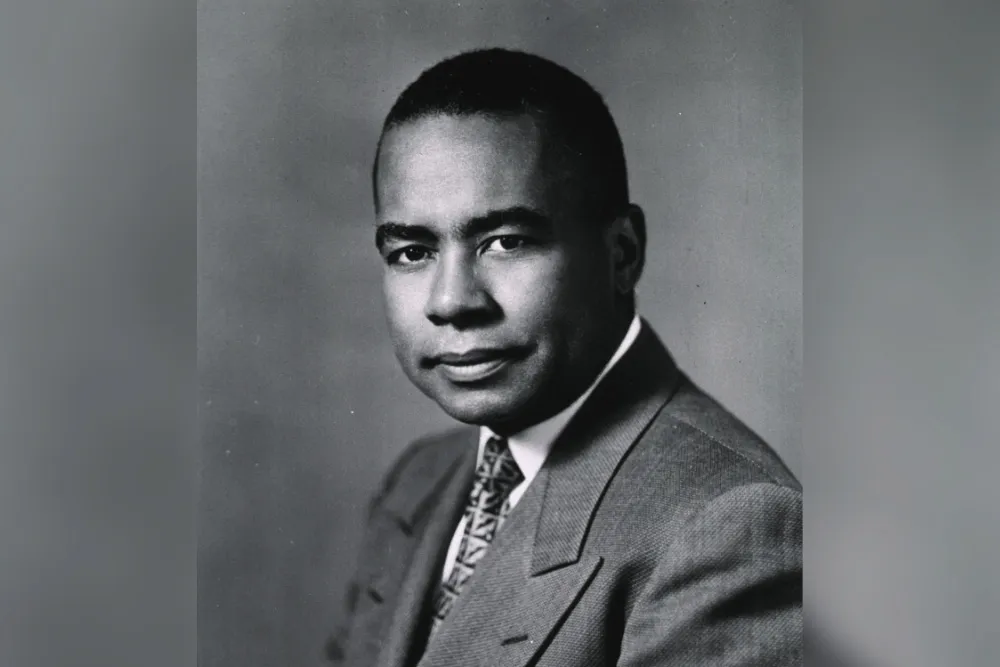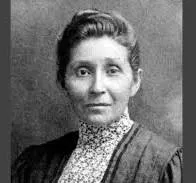Prevalence of disordered eating in Indigenous communities
Research shows that 18% of Native Americans report engaging in disordered eating behaviors, such as pathological eating and weight control behaviors.1 Additionally, body dissatisfaction, which is often a precursor to developing an eating disorder, was reported by nearly half of Native Americans, with 10% reporting chronic dieting.1
When comparing disordered eating behaviors and signs of eating disorders, to white people, those in Indigenous communities are significantly more likely to report body dissatisfaction, extreme weight control methods, and binge eating.1
Why this matters
Healthcare providers must recognize that eating disorders aren’t limited to White females, which is the demographic that often comes to mind when thinking about disordered eating. Access to the appropriate care for Indigenous populations is just as important as for other demographics, and one could argue that not enough is being done for this particular population.
{{link-bank-two-column}}
Causes of disordered eating in Indigenous populations
Any number of things, such as trauma, upbringing, socio-economic status, and cultural factors, can bring on disordered eating behaviors. For Indigenous people in the U.S. specifically, it’s important to understand the root causes of eating disorders to better understand how to treat the mental illness.
Psychosocial stressors, trauma, negative body image, and weight dissatisfaction
Negative psychosocial factors, which may include depression, anxiety, shame, or guilt, were found to be a possible cause of dieting and purging amongst the Indigenous community.2 More specifically, those who were prone to frequent dieting had a history of:
2- Weight dissatisfaction
- Concerns about being overweight
- High emotional stress
- Binge eating
- Alcohol use
- Tobacco use
- Suicide ideation and attempts
- Delinquent behaviors
- Physical and sexual abuse
These factors could be why, compared to White females, Indigenous females were found to be more prone to dieting,
restricting food intake, and purging, as well as feeling more social pressure to eat.
3 Cultural change, mixed cultural messages, acculturation
Although we lack a clear understanding of why those in the Indigenous community may be at high risk of developing eating disorders, it’s been suggested that pressures to eat at family and tribal gatherings and high-fat diets, combined with images of thinness and the “ideal” body coming from White culture, may be a significant factor.
4Diet culture in mainstream media is rampant and can influence people of all ethnic groups. It can be difficult for many people to accept their body for what it is and what it looks like when there are so many messages that “thin is ideal.”
Barriers to care
The socioeconomic status of the Indigenous population in the U.S. may be a significant risk factor in developing various types of eating disorders. Compared to White communities, Indigenous people in general tend to have lower income and less access to nutritional foods.5
In addition, they report poor health as well as less (or no) access to healthcare—about a quarter of this population report having no health plan, and the same number report not having a personal doctor.5
Lack of access to basic healthcare facilities and providers may trigger people to diet excessively, binge eat, and find their own ways to reach what they may think is a “healthy” weight.
Social pressures, family/tribal/community norms
The influence of peers and family members is a major factor when it comes to developing eating disorders. In some Indigenous communities, there are strong expectations (cultural or social) around family feasts and social eating.3 This can lead to an increased rate of purging, dieting, and food restriction.
Addressing eating disorders in the Indigenous community
Preventing and treating eating disorders in the Indigenous community can be challenging. It requires solutions that are both comprehensive and take into account cultural considerations. Some approaches that may be effective include:
- Community-based education: The first step to preventing eating disorders is to provide education to at-risk groups, including dispelling the messages about diet culture.
- Culturally-specific treatment programs: Treatment programs should be tailored to the individual—their schedule, their beliefs, and their culture. This could mean integrating traditional healing practices, tribal values, and traditional food systems.
- Breaking barriers: While this one is much easier said than done, improving access to mental health providers and insurance plans in the Indigenous communities is an important step. Ensuring these communities have access to nutritious foods is also crucial.
- Education for healthcare providers: In addition to educating Indigenous communities, it’s equally important to ensure healthcare providers are educated in the differences in how eating disorders present themselves in this population. Tailored treatment and prevention programs are key—a one-size-fits-all model is not the answer.










